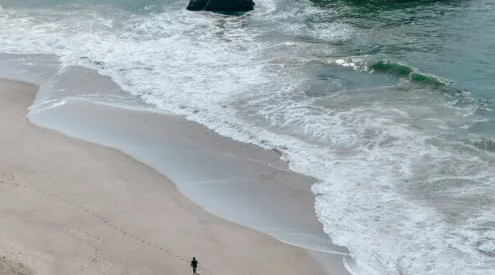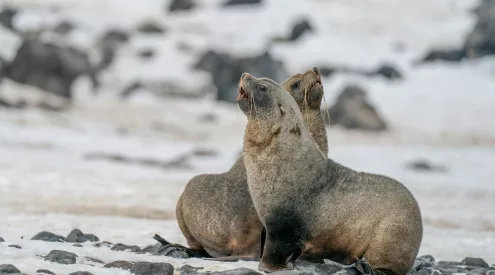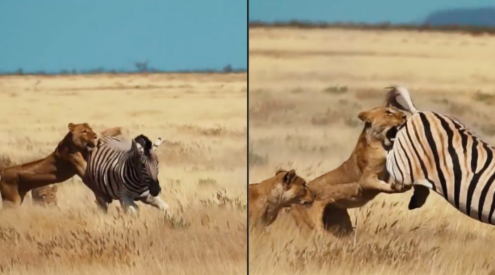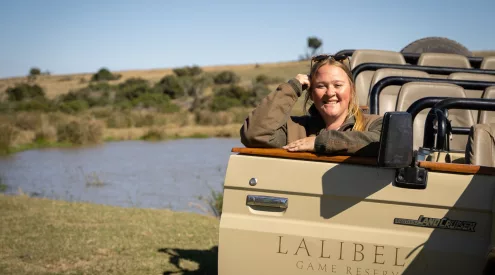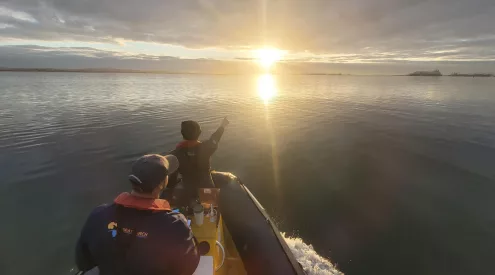The Convention on Biological Diversity (CBD) has published the Global Biodiversity Outlook (GBO) 5 report. For the second decade, world leaders have failed to reach a single target in preventing the destruction of wildlife and ecosystems.
In 2010 in Japan, environment ministers from nearly 200 nations agreed to implement a United Nations (UN) strategy that aimed to slow and prevent unnecessary destruction to the natural world.
A set of 20 Aichi biodiversity targets were agreed on with the common goal of protecting the natural world from unnecessary devastation. A decade on and these leaders did not fully achieve any of the 20 Aichi biodiversity targets.
The targets are subdivided into 60 groups that are then monitored to track overall progress.
Of the 60 elements:
– 7 have been achieved
– 38 have shown progress
– 13 have shown no progress
– 2 elements show unknown progress
The Global Biodiversity Outlook
According to the CBD’s official website, the GBO ‘is a periodic report that summarises the latest data on the status and trends of biodiversity and draws conclusions relevant to the further implementation of the Convention.
‘GBO-5 provides global summary of progress towards the Aichi Biodiversity Targets and is based on a range of indicators, research studies and assessments (in particular the IPBES Global Assessment on Biodiversity and Ecosystem Services), as well as the national reports provided by countries on their implementation of the CBD.’
The report details the steps taken by individual countries to support:
– Biodiversity conservation,
– Sustainable use and
– The fair and equitable sharing of benefits.
In a Tweet, the head of the UN’s biodiversity, Elizabeth Maruma Mrema, said that despite some of the progress seen, overall the targets have not been met.
Let’s be frank. While we have seen progress, the world has not met the #AichiTargets for #biodiversity. And this undermines our ability to achieve the #SDGs.
Our new report lays out where we are and how we can put #nature on a path to recovery.
➡️https://t.co/E5z4Guamlr#GBO5 pic.twitter.com/n8yD9e4mEw
— Elizabeth M. Mrema (@mremae) September 15, 2020
‘Earth’s living systems as a whole are being compromised. And the more humanity exploits nature in unsustainable ways and undermines its contributions to people, the more we undermine our own wellbeing, security and prosperity,’ said Mrema according to The Guardian.
What has been achieved?
There has been a partial achievement of six of the targets, such as those relating to protected areas and invasive species. These governments failed to protect approximately 17% of inland waters and terrestrial areas and 10% of marine habitats.
However, 44% of important biodiversity areas are under governmental protection. This is a 29% increase from 2000.
What has not been achieved?
– Halving the loss of natural habitats, such as forests, was not achieved
– To sustainably manage and harvest all fish and invertebrate stock, has not been achieved
– As a result of the climate crisis, ocean acidification and coastal developments, a target to protect coral reefs, reduce overfishing and other detrimental practices was not met when it was set in 2015 nor was it met in 2020.
The UN Decade on Ecosystem Restoration
It is now more prevalent than ever that the global climate crisis is no longer a priority for the older generations. Global leaders have quickly passed the responsibility to change the fate of the planet onto the youth. The UN Decade on Ecosystem Restoration is a chance to revive the natural world.
A decade is a long time and global leaders have now consistently failed to step up to the plate in the 20 years they had to implement real change. The future of the natural world hangs in the balance and in turn, our fate does too.
‘Scientists say that these next ten years will count most in the fight to avert climate change and the loss of millions of species,’ says the UN’s Environmental Programme, who have spearheaded 10 actions in the strategy of the UN Decade.
‘The UN Decade on Ecosystem Restoration 2021-2030, led by the United Nations Environment Programme, the Food and Agriculture Organization of the United Nations and partners covers terrestrial as well as coastal and marine ecosystems. A global call to action, it will draw together political support, scientific research and financial muscle to massively scale up restoration.’
Click here to read about the 10 actions.
Image credit: Unsplash



